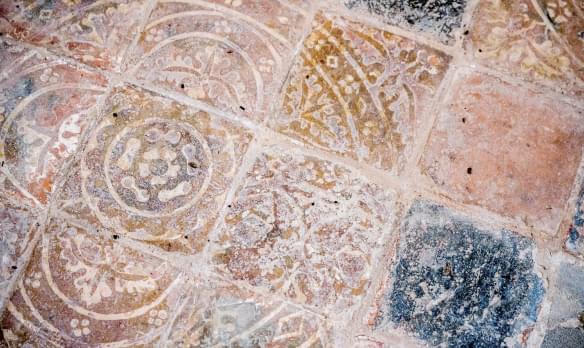
Holy Trinity
Casterton, Cumbria | LA6 2SG
Built in 1833 by William Carus Wilson, Founder of the Clergy Daughters School, as school chapel and parish church with a strong connection with local heritage and Bronte sisters.
We have supported this church







